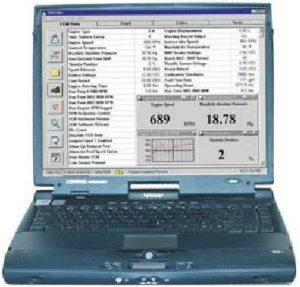

The 2022 Report emphasizes the IPCC Sixth Assessment’s alarming conclusion that even with very low emissions, summer loss of Arctic sea ice will occur at least once, likely before 2050. All of these impacts are irreversible on human timescales.

It also saw greater shell damage in parts of the Arctic Ocean, a clear sign of growing acidification. This past year saw March rains on East Antarctica, with temperatures 40☌ above normal a spike in Greenland surface melt for the first time ever in September loss of over 5% of glacier ice in the Alps this past summer and the first documented rise in methane release due to global warming from a permafrost monitoring site.

Just one year on, the 2022 Report released at COP27 holds even harsher news. The devastating impacts are largely far from cryosphere regions, in coastal cities and well downstream of glaciers and snow. The first State of the Cryosphere Report, launched at COP26, described in detail the implications of a lack of action on emissions reductions – including potential collapse of the West Antarctic Ice Sheet, vanishing glaciers outside the polar regions, and unstoppable rates of global sea-level rise. A ceremony recognizing this “toppled totem” is due to take place, with the participation of Arctic Youth, Indigenous people and sea ice experts. In recognition of this “terminal diagnosis” for multi-year Arctic sea ice, the “totem” representing this portion of global cryosphere – Earth’s snow and ice regions – will be toppling on its side at the COP27 Cryosphere Pavilion. This is one of many sobering conclusions of the 2022 State of the Cryosphere Report, released on November 7 at COP27 in Sharm El-Sheikh, Egypt. The Intergovernmental Panel on Climate Change (IPCC) - the United Nations body for assessing the science related to climate change - has concluded that total Arctic summer sea ice loss is now inevitable, likely before 2050. The IPCC has concluded that total Arctic summer sea ice loss is now inevitable, likely before 2050.


 0 kommentar(er)
0 kommentar(er)
